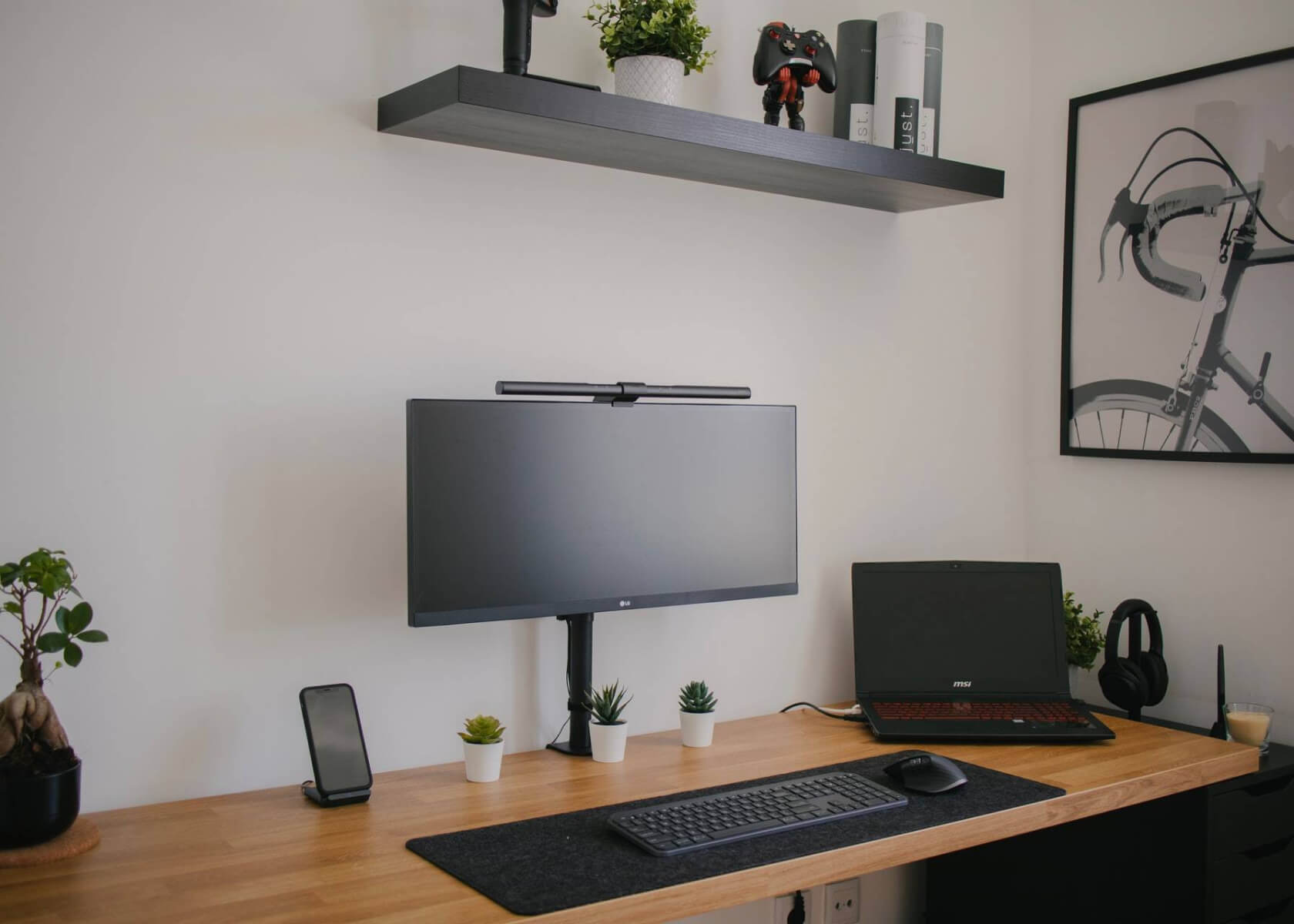Notion GTD Template: Implementing Getting Things Done by David Allen for Productivity & Organization

New to Notion?
How to Use a Notion GTD Template for Implementing the Getting Things Done Methodology
Getting Things Done (GTD) is a popular productivity methodology developed by David Allen. It provides a framework for organizing tasks, projects, and ideas so you can maximize productivity and reduce stress. Notion, a powerful all-in-one workspace, is an ideal tool for implementing GTD. This article explores how to use a Notion GTD template to effectively put the Getting Things Done methodology into practice using current features and best practices.
What is GTD?
Before diving into the Notion GTD template, let’s briefly review the core principles of the GTD methodology. GTD is designed to help you capture and organize ideas, tasks, and commitments to achieve a state of “mind like water” – clear focus and relaxed productivity. The methodology consists of five key steps:
- Capture: Collect all your tasks, ideas, and commitments into an Inbox. This can include anything that requires your attention.
- Clarify: Process each captured item by clarifying its purpose and deciding on the next action.
- Organize: Arrange your tasks and commitments into appropriate categories and outline actionable next steps.
- Review: Regularly review your tasks and projects to ensure nothing slips through the cracks and to keep your priorities up to date.
- Engage: Act on your prioritized tasks using a system that lets you focus on what is most actionable in the moment.
Now, let’s explore how Notion can be used to implement GTD effectively.
Using a Notion GTD Template
Notion allows you to build a customized GTD system suited to your workflow. A Notion GTD template provides a pre-built structure and workflow to help you get started quickly. Follow these steps:
- Set up a Notion Workspace: If you haven’t already, create a dedicated Notion workspace for GTD. This hub will contain your tasks, projects, and reference materials.
- Import a Notion GTD Template: Notion has a vast library of community-created templates. Import a GTD template that aligns with your preferred workflow. You can search for GTD templates in the Notion template gallery or explore recommended templates online.
- Customize the Template: Once you’ve imported the GTD template, customize it to meet your specific needs. Adjust the template’s structure, add or remove fields, and fine-tune it to match your workflow. Notion now supports advanced filters, custom views, and improved database relations that can help refine your setup even further.
- Create an Inbox: Establish a dedicated Inbox page or section in your workspace—labeled “Inbox” or “Captured”—where you can quickly note down tasks and ideas. This ensures that new items are captured immediately and processed during your next review session.
- Process and Clarify: Regularly work through your Inbox. For each item, decide on its purpose and the next required action. If an action takes less than two minutes, consider completing it right away. For larger tasks or projects, move them to the corresponding project or task list.
- Create Actionable Lists: Build separate sections or pages in your workspace for different categories such as "Projects," "Next Actions," "Waiting For," and "Someday/Maybe." Organize your tasks by assigning due dates, priorities, or tags. Keeping your lists updated will help you maintain clear visibility of your actionable items.
- Review Regularly: Consistent weekly or even daily reviews are essential in the GTD methodology. Schedule regular review sessions in your calendar to update project statuses, reassess priorities, and capture any new items. This habit ensures your system remains clear and reliable.
- Engage and Execute: GTD is not only about organizing tasks, but also about taking action. With your actionable lists and defined next steps in place, engage with your tasks based on context, energy level, and available time. Notion’s flexible interface—including calendar, list, board, and Kanban views—allows you to switch perspectives and focus on the tasks that matter most.
Additional Tips for GTD with Notion
Here are a few extra tips to enhance your GTD practice in Notion:
- Leverage Notion’s Advanced Features: Use databases, filters, and customizable views to create personalized project management systems. Learn more about agile methodologies and project templates here: Project management.
- Tagging and Prioritization: Incorporate tags or labels to categorize tasks by context, priority, or energy level, making it easier to filter and focus on your most critical work.
- Recurring Tasks and Templates: Utilize Notion’s templating features to automate the creation of recurring tasks and projects. This can be especially useful for maintaining routine reviews and updates. Check out guides for Recurring tasks.
- Experiment with Different Views: Test various layouts and views—such as Kanban boards, calendars, and lists—to determine which setup best fits your workflow and helps optimize your productivity.
- Integrate with Other Apps: Take advantage of Notion’s integration capabilities with calendars, task managers, and other productivity tools to further streamline your workflow and boost efficiency.
By leveraging the power of Notion and tailoring it to the GTD methodology, you can build an effective system for capturing, organizing, and executing your tasks. Remember that GTD is adaptable; adjust the system over time to align with your needs and preferences. With consistent practice and timely reviews, you can enjoy a state of heightened productivity and organization using Notion and GTD.


